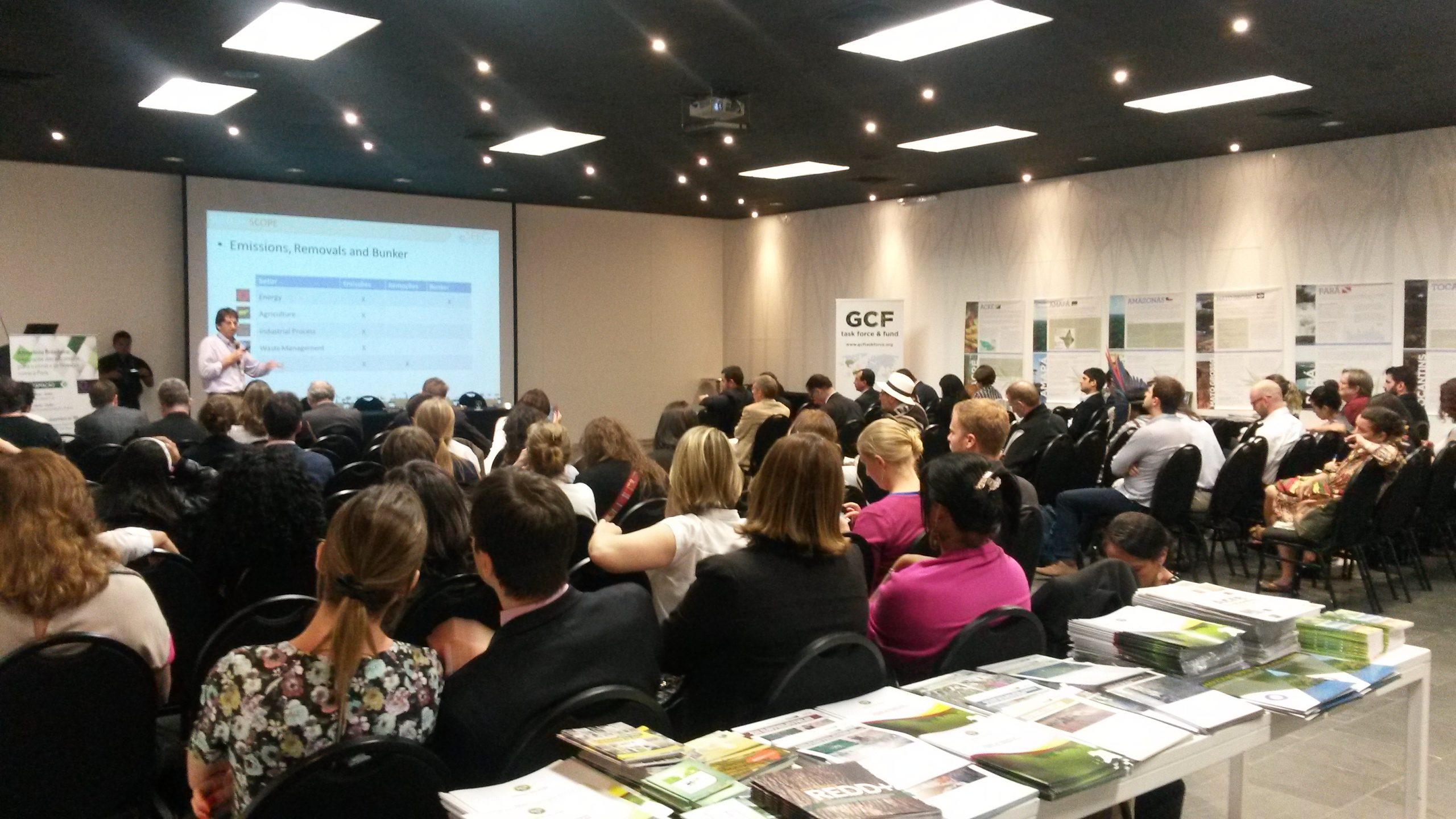
Estratégia Nacional de REDD+: “Falta diálogo entre Governo Federal e estados”
By Mariano Cenamo* and Luiza Lima**
Brazil has a leadership role in the negotiations at the United Nations Framework Convention on Climate Change (UNFCCC). This is due, in large part, to the concerted efforts undertaken for the reduction of deforestation in the Amazon, which placed the country at the top of the list of countries that most reduced GHG emissions in recent years.
In June of 2014, the Brazilian government was the first to submit its reference levels for forest emissions to receive REDD+ payments. During the COP 20, to the applause of the international community, it recently announced that it is soon to deliver its “Summary of information on Safeguards.” Together, these two documents represent the first fundamental steps to give Brazil the credentials to become the first country in the world to receive payments for results of REDD+ through the UNFCCC.
To elaborate, after 6 years of negotiations a package of decisions that orients the regulation of mechanisms for Reduction of Emissions from Deforestation and Forest Degradation (REDD+), the Warsaw Framework for REDD+, was launched in 2013 during the Warsaw Conference of the Parties (COP19). The package defines rules so that developing countries with forests can receive financing for (i) preparation (“readiness”) of its national policies for reduction of deforestation; and (ii) compensation for results in terms of emissions reductions generated through REDD+.
The rules include a list of documents that should be submitted to the UNFCCC, such as: reference levels for forest emissions, a description of monitoring system for deforestation, information system on socio-environmental safeguards, among others. This last document is of fundamental importance for it guarantees that the process of developing a REDD+ strategy was conducted in a manner that is democratic, participatory, transparent, and respecting of the rights of traditional and indigenous populations.
However, unfortunately, this participatory process is in fact not occurring in Brazil. The process of the development of the strategy is being conducted behind closed doors and the primary actors in the implementation of REDD+ in Brazil are not being heard. This warning was given during an event realized in Lima on December 9th, organized by six Amazonian states that are part of the Governors’ Forests and Climate Task Force (GCF Task Force), Acre, Amapá, Amazonas, Pará, Mato Grosso and Tocantins, in partnership with the Climate Observatory and Idesam.
The event “Brazilian Amazon: Integrating Climate and Forest Strategies with an Eye Toward Paris” had nearly 90 participants, including the Secretaries of Environment of 3 Brazilian Amazon states– Acre, Amazonas and Tocantins – government representatives from Amapá, Pará and Mato Grosso, private sector representatives, specialists in the subject, as well as indigenous and community leaders. Unfortunately, after several invitations, the Ministry of Environment did not send any representatives to take part in the conversation.
This once again demonstrates the lack of commitment to dialogue with those that are directly engaged in activities devoted to the reduction of deforestation in Brazil. It is worth mentioning that the reduction of deforestation in the Amazon represents 55% of the national commitment to emissions reductions established by the National Plan on Climate Change (PNMC), passed in 2009 (Law 12.187/2009, regulated by Decree 7.390/2010).
Currently, the Amazon region is “paying the bill” for a large part of emissions reductions in Brazil and has been poorly compensated for its efforts. Social and economic conditions in a large part of the states and municipalities within the Amazon biome are poor, which generates an enormous contradiction. The region that represents more than 50% of the national territory and less than 8% of Brazilian GDP is responsible for 55% of national GHG emissions reductions. The cost of continuing reductions of deforestation is high and every available source of funds should be guaranteed to maintain the commitment to reduce deforestation by 80% by 2020.
It is urgent that these efforts be compensated through structural programs and policies that depend on financing through REDD+. However, it is unclear how the proposals contained within the National REDD+ Strategy presented to the Chief of Staff recognize such efforts. For this, it was of “fundamental importance that the Federal Government be present to develop the elements the National REDD+ Strategy together,” as Carlos Rittl, the Executive Secretary of Climate Observatory, mentioned in his talk.
The Secretary of Sustainable Development of Amazonas, Kamila Amaral, also indicated the urgency of re-establishing this dialogue with an eye toward integrating strategies:
“The states of the Amazon can no longer wait. After all, even though it can count on support from the Federal Government in extreme cases, the great social cost of the impacts of climate change remain the responsibility of the state” – Kamila Amaral (Amazonas)
Considering the importance of the event in question, at which technical specialists from civil society and high level representatives from state governments were present, the Secretary of Environment of Acre, Carlos Edegard de Deus, suggested:
“My proposal is that the Forum present here engage and work together to resume the dialogue with the Federal Government”– Edegard de Deus (Acre)
* Mariano Cenamo is the Deputy Executive Secretary and Senior Researcher at Idesam.
** Luiza Lima is Researcher for the Program on Climate Change and REDD+ (PMC) at Idesam.

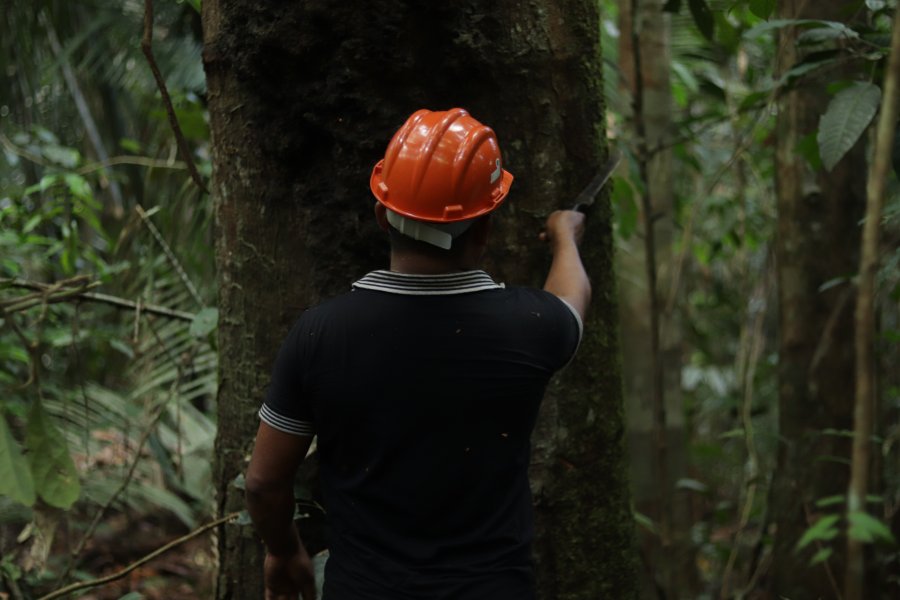
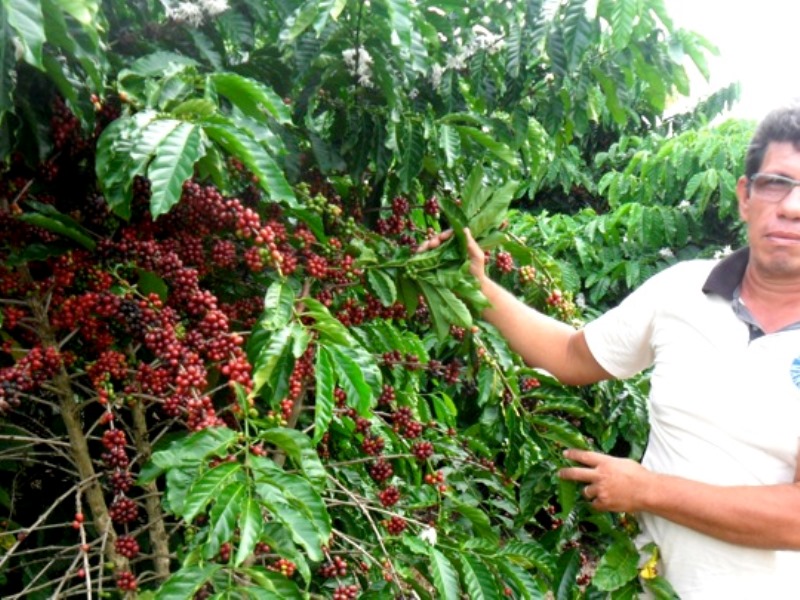
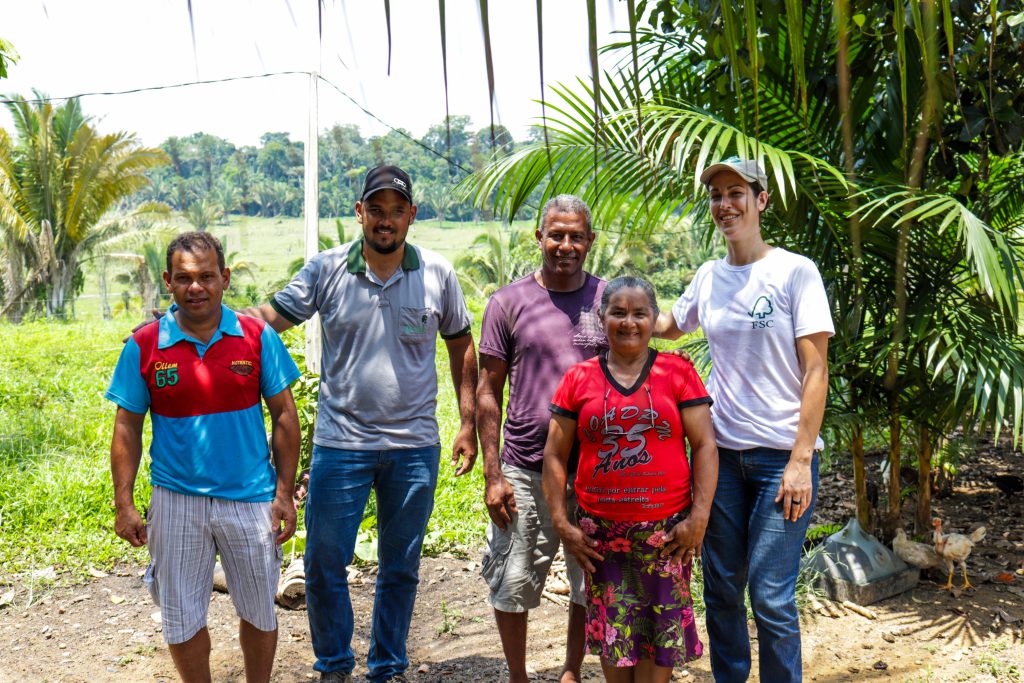
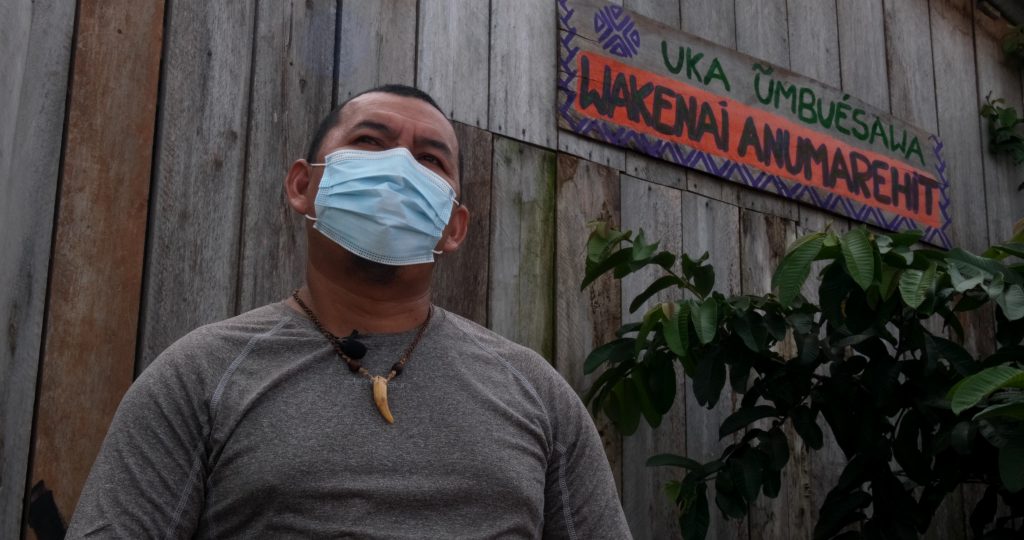


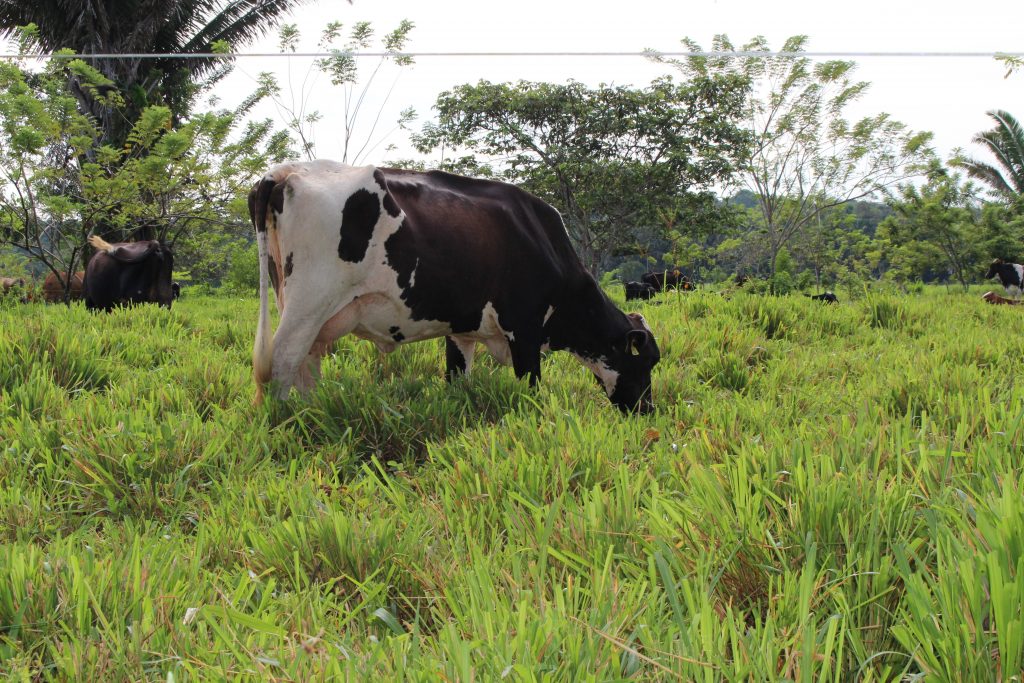
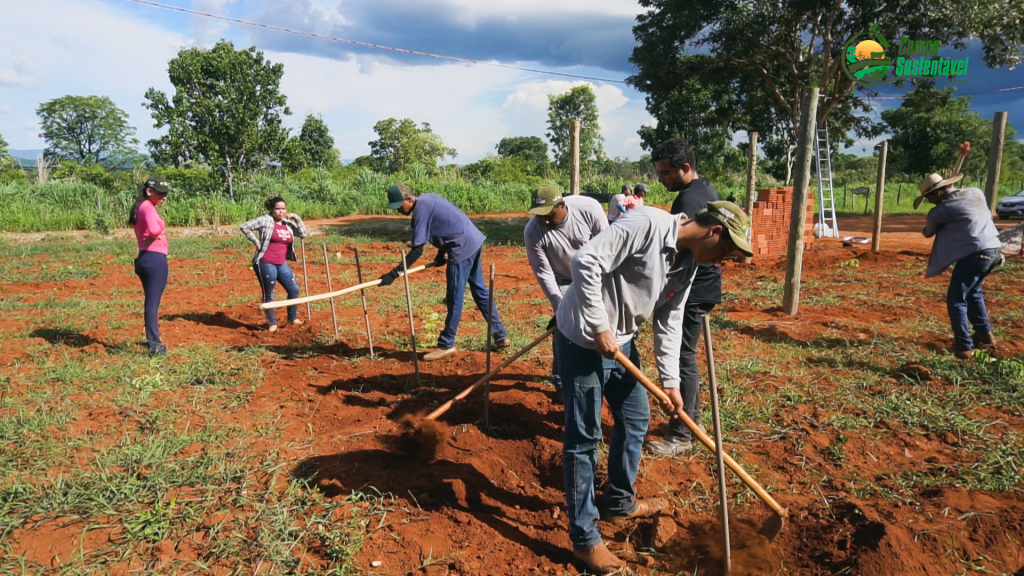
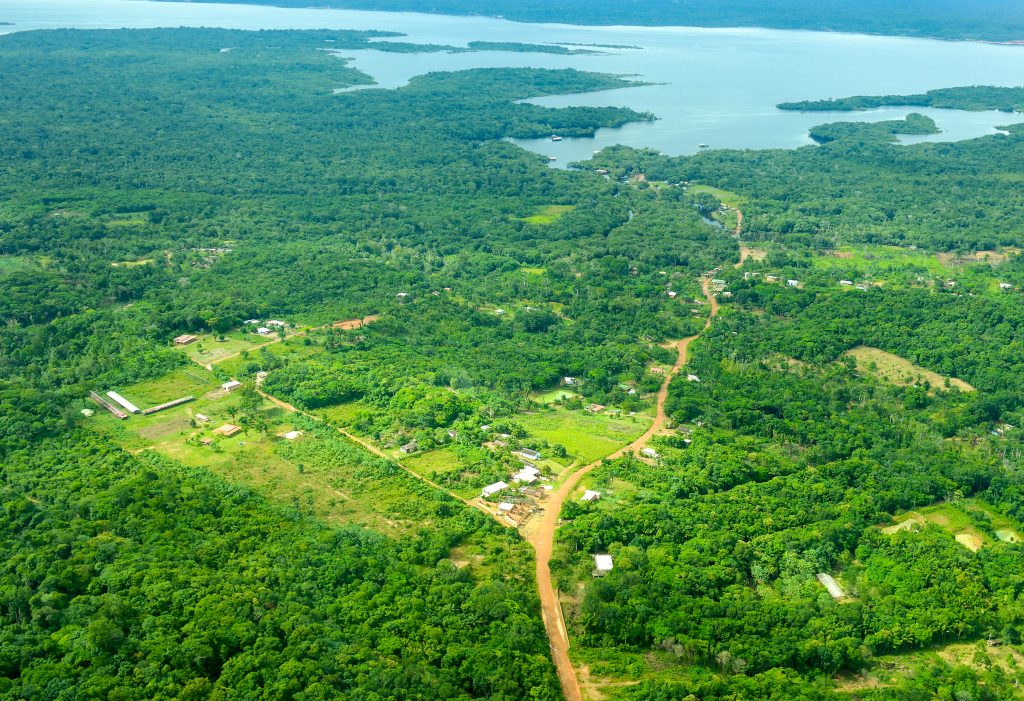

Leave a Reply